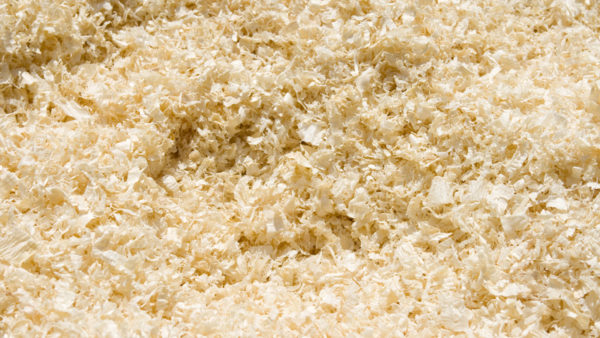
Researchers at the Nanyang Technological University in Singapore (NTU Singapore) say they have created an invisible coating that can make wood fireproof.
Just 0.075mm thick, the coating is almost transparent and invisible to the naked eye.
When heated by a flame, a series of chemical reactions turn the coating into a char that expands to more than 30 times its original thickness.
The char acts as fire insulation for the wood underneath, creating what NTU Singapore describes as a “flame barrier”.
At present, most fire safety is provided by fire-retardant panels, such as gypsum and magnesia boards.

The project was financed by S$250,000 from the NTUitive Gap Fund, a branch of NTU’s innovation and enterprise company.
Aravind Dasari, NTU Singapore associate professor, said: “Most timber or wooden panels only have a transparent coat that protects them from moisture, weather corrosion, termites or pests, and are not designed to withstand high heat. Thus, timber can still burn very quickly, especially if it is unprotected.”
“In our coating, we used technology to lock certain compounds and interact with the resin. They will actively participate in the chemical reactions in a systematic manner when exposed to high heat, thus leading to the formation of char. This char was engineered to be extremely heat-resistant, insulating the wood underneath from the high heat.”
Professor Louis Phee, NTU’s vice president of innovation and entrepreneurship, called the finding “an example of how fundamental research can be translated into commercial applications with high impact”.
NTU Singapore is working with companies to license the product and test its effectiveness and longevity.
Comments
Comments are closed.











Very interested in testing the treatment in renovation projects